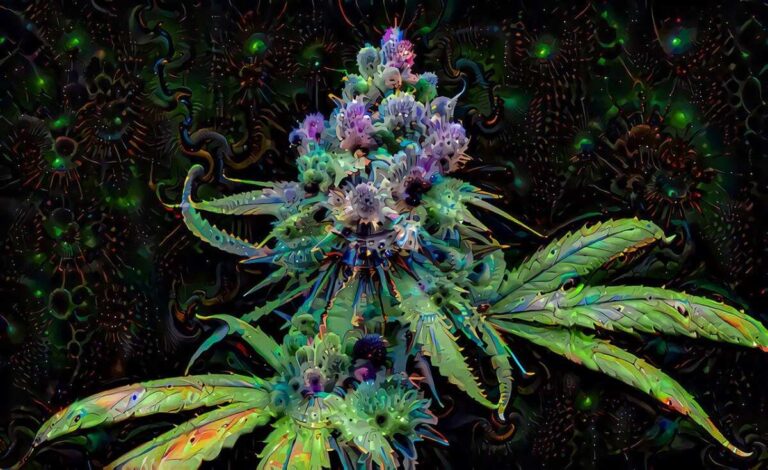Sativa strains have long been the talk of the town within the cannabis community. From medicinal patients to recreational users, many rave about the uplifting effects of sativas. A common belief, deeply entrenched, claims the existence of 100% pure sativa strains. But, is it fact or mere fiction? This article delves deep, attempting to debunk this myth and shed light on the true nature of cannabis strains.
1. Understanding Cannabis Strain Classification
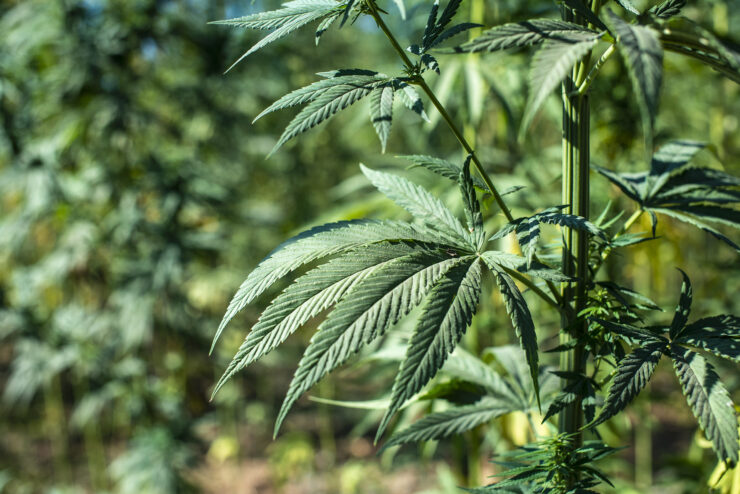
At the root of our green fascination are two main species: Cannabis indica and Cannabis sativa. But it’s not just a tale of two species. Over time, hybrid strains, marrying attributes of both, have come to dominate the market. Simplistically, people often classify cannabis as either “indica”, suggesting a relaxing effect, or “sativa”, hinting at invigoration. Yet, as with many biological systems, cannabis isn’t binary. Most strains available today are not purebreds but hybrids, a testimony to cannabis’s dynamic evolutionary journey.
2. Historical Context of Strain Development
The pages of history show that humans and cannabis have enjoyed a long relationship. As ancient civilizations cultivated this plant, strains adapted to their local environments. As trade routes opened, seeds traveled, and deliberate cross breeding began. This was the dawn of hybrid strains. Cannabis wasn’t always about the recreational ‘high’. Historical documents suggest it was cherished for its fibers, seeds, and medicinal properties, driving its cultivation, spread, and the emergence of distinct strains.
3. Genetics and Hybridization
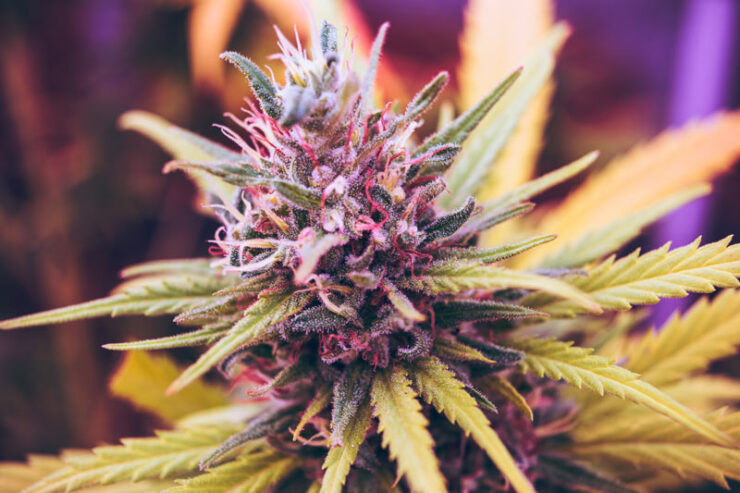
Every plant, every strain owes its characteristics to genetics. But genetics isn’t a static realm. As plants reproduce, genes shuffle, especially in intentional crossbreeding or hybridization. Such processes aim to amalgamate the best attributes of parent strains. In cannabis, hybridization has become an art, producing strains that offer a balance of effects, resistance to pests, or greater yields. Check this if you desire the best sativa strains.
4. Sativa and Indica Characteristic
Traditionally, sativas are celebrated for their energizing effects, often associated with increased alertness and creativity. They usually exhibit tall growth, thin leaves, and thrive in warm climates. Indicas, in contrast, are compact, have broader leaves, and induce relaxing, body-heavy sensations. But here’s the catch – these distinctions aren’t concrete. With the amalgamation of genetics, a sativa-dominant hybrid might still exhibit some relaxing traits inherited from its indica lineage, blurring the lines.
5. Misconceptions about 100% Sativa Strains
The myth surrounding “pure” sativas has been perpetuated by early classifications and an oversimplified approach to understanding cannabis. Historical lore and anecdotal evidence painted a picture of a pristine sativa strain, untainted by hybridization. However, as scientific research digs deeper into cannabis genetics, it continues to challenge these age-old notions. Holding onto the belief of a pure sativa in today’s era of diverse hybrids overlooks the intricate and multifaceted world of cannabis genetics and cultivation. It’s essential to approach the topic with a broader perspective, embracing the nuances that come with it.
6. Landrace Strains and Genetic Purity
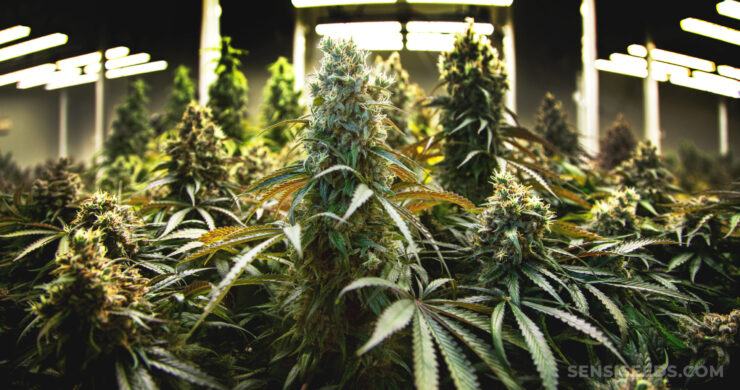
Landrace strains hold a special place in the cannabis world. They’re essentially the ancient forebears, which have naturally adapted to their specific environments over countless generations. Often revered for their unique profiles, they symbolize the “original” cannabis strains from distinct geographical regions. But purity is a complex concept. Even these strains, over time, have seen the effects of natural migration and adaptation. As ancient traders and explorers moved across lands, so did cannabis seeds, inevitably resulting in unintentional crossbreeding. This occurred long before the modern era’s deliberate hybridization efforts.
7. Scientific Studies on Strain Classification
Science’s commitment to truth and understanding has led to a deeper probe into the realm of cannabis genetics. With technological advancements, researchers now access detailed genetic blueprints of different strains. Preliminary findings from modern genetic analyses are revealing some startling truths. There are notable overlaps between what have traditionally been categorized as sativa and indica strains. Many strains, even those championed as “pure” by sellers and enthusiasts, exhibit a complex genetic mosaic. This further emphasizes the fact that the vast majority of strains are inherently hybrid in nature, challenging long-held beliefs.
8. Role of Terpenes and Cannabinoids
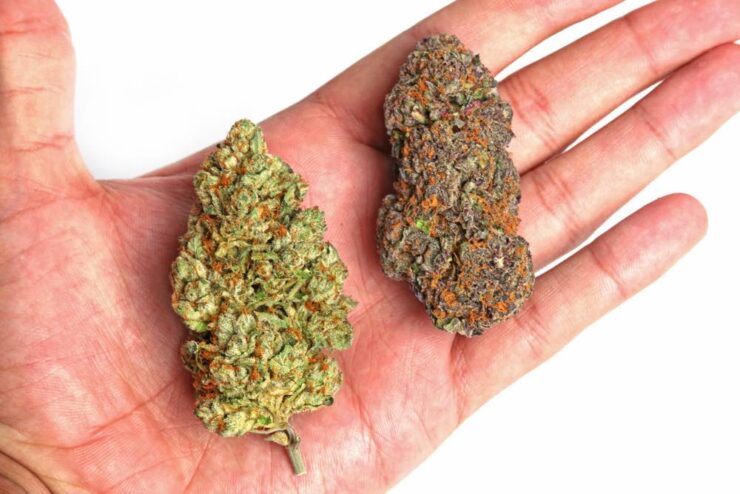
While THC and CBD are the most recognized compounds in cannabis, they’re just the tip of the iceberg. Beneath the surface lies an array of compounds, including terpenes and other lesser-known cannabinoids, each contributing uniquely to the plant’s effects. These compounds are responsible for the diverse aromas, flavors, and therapeutic properties associated with different strains. However, their concentrations and profiles can be vastly different even within strains categorized under the same label. Such diversity makes it evident that using a simple sativa-indica dichotomy based on perceived effects is an overly reductive way of understanding this multifaceted plant.
9. Importance of Phenotype Expression
While genetics lay out a foundational blueprint, the environment sculpts the final outcome. This phenomenon, termed phenotype expression, defines how genes display themselves as observable traits in the plant. Factors, including but not limited to soil quality, light exposure, temperature, and care regimen, significantly influence this expression. For instance, two plants from the same genetic lineage, when grown under varied conditions, can display marked differences in height, bud structure, and even potency. This underlines the critical role of nurture alongside nature in determining a plant’s characteristics.
10. Modern Cultivation Techniques and Strain Manipulation
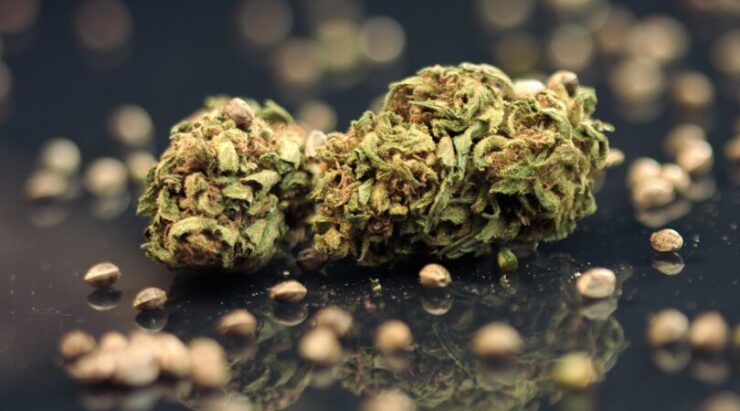
The realm of cannabis cultivation has witnessed rapid advancements in recent years. Growers now employ sophisticated methods such as hydroponics, aeroponics, and controlled-environment agriculture to optimize growth conditions. By manipulating variables like light, nutrition, and humidity, they can emphasize or suppress certain plant traits. Selective breeding further refines this process, allowing for the development of strains with specific desired characteristics. These practices underscore the delicate interplay between inherent genetics (nature) and external growth conditions (nurture) in determining the final product’s attributes.
11. Dispelling the Myth: Hybrid Nature of Most Strains
A synthesis of historical records, current scientific research, and cultivation practices leads us to an irrefutable conclusion: the cannabis strains of today predominantly bear hybrid characteristics. The lineage of most strains reveals a tapestry woven through natural adaptation, ancient migrations, and deliberate breeding efforts. Searching for a “pure” sativa or indica becomes a quixotic quest when faced with this evidence. Instead of chasing myths, it’s time for consumers, growers, and researchers alike to embrace and appreciate the rich hybrid heritage that defines the majority of the cannabis world today.
12. Conclusion: Embracing Cannabis Diversity
Cannabis, with its rich history and diversity, isn’t just a plant—it’s a legacy. Rather than boxing it into rigid classifications, it’s time to appreciate its nuances. As consumers, growers, or enthusiasts, let’s embrace the spectrum of experiences cannabis offers, celebrating its complexity rather than simplifying its narrative.

